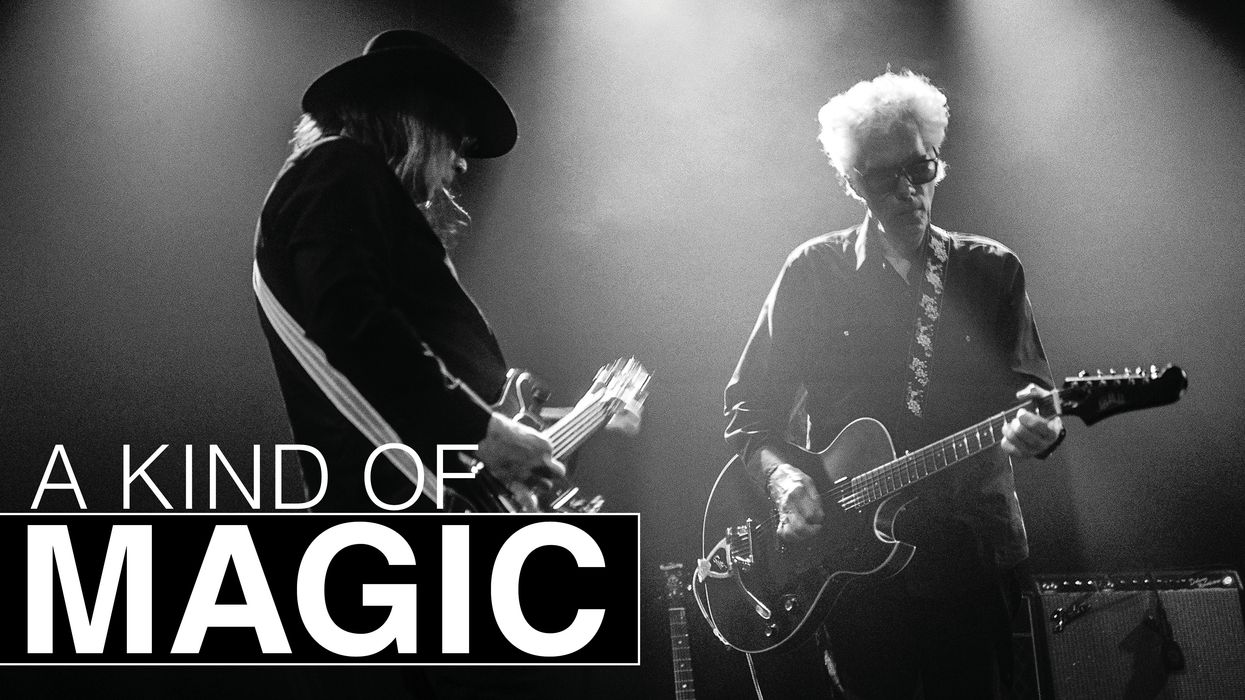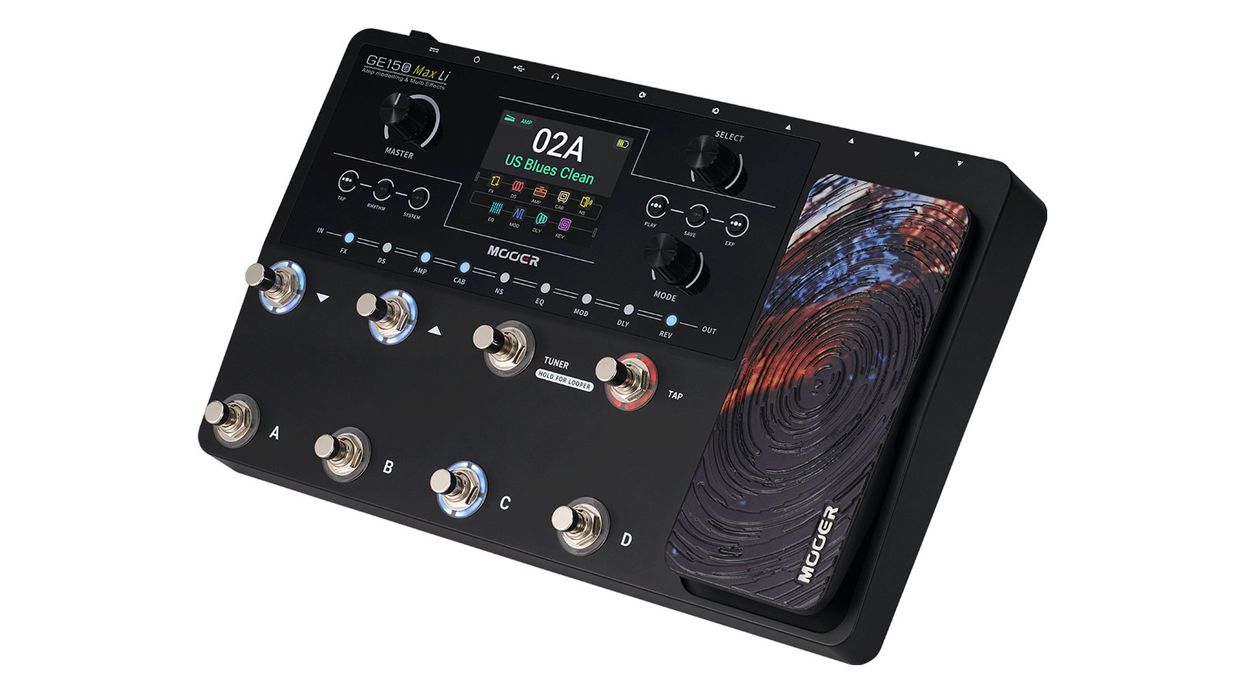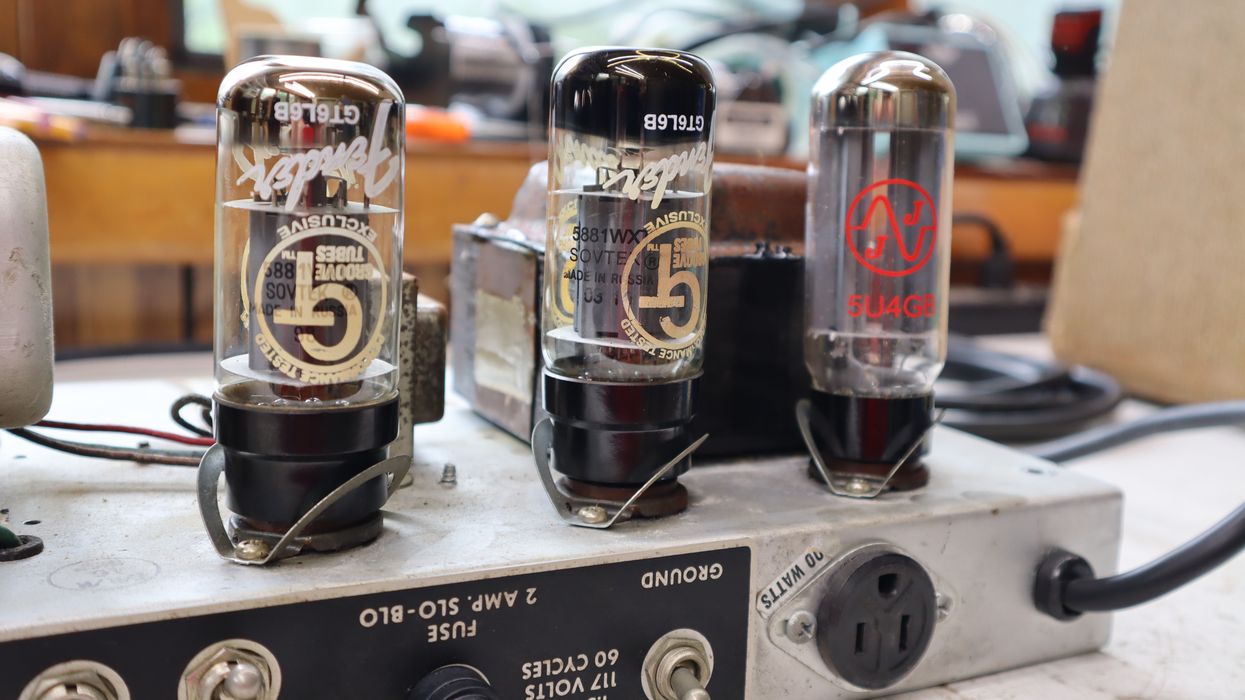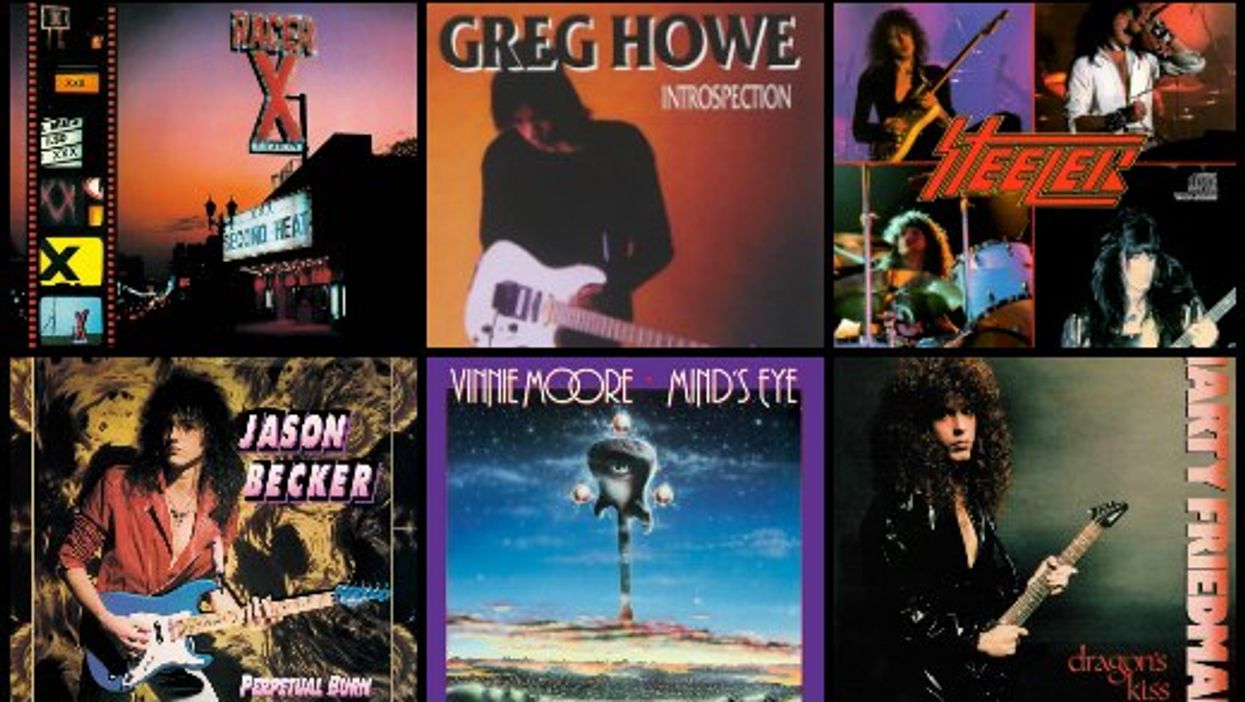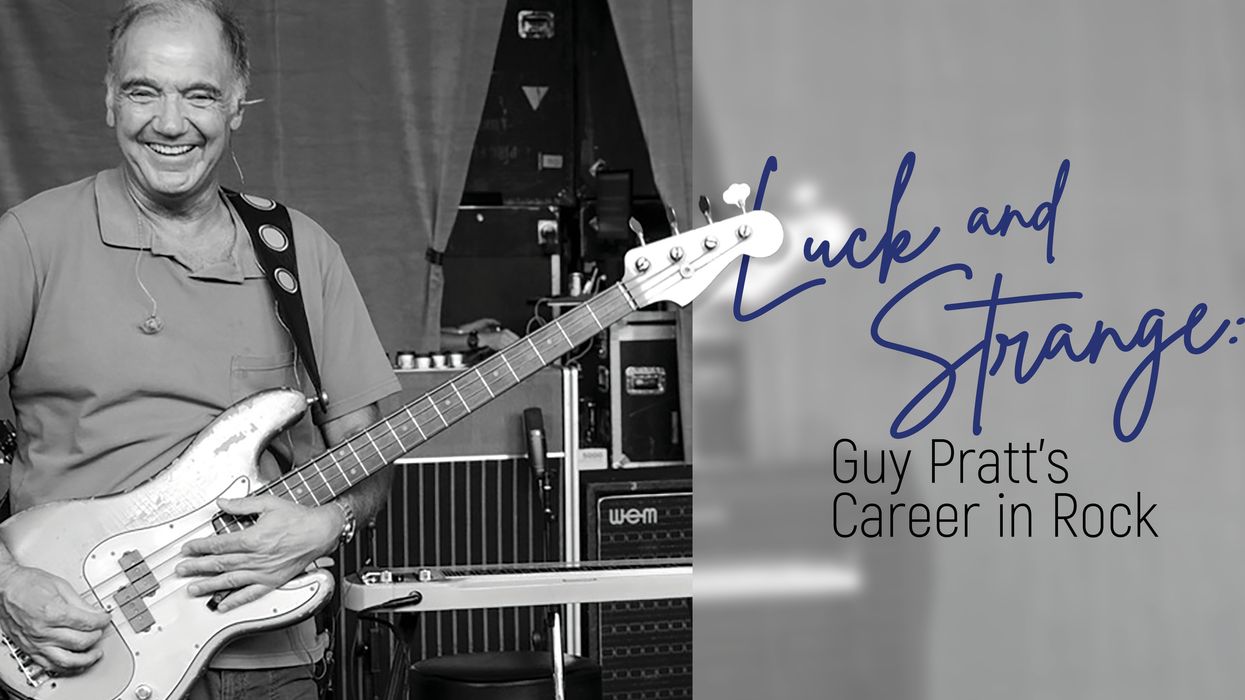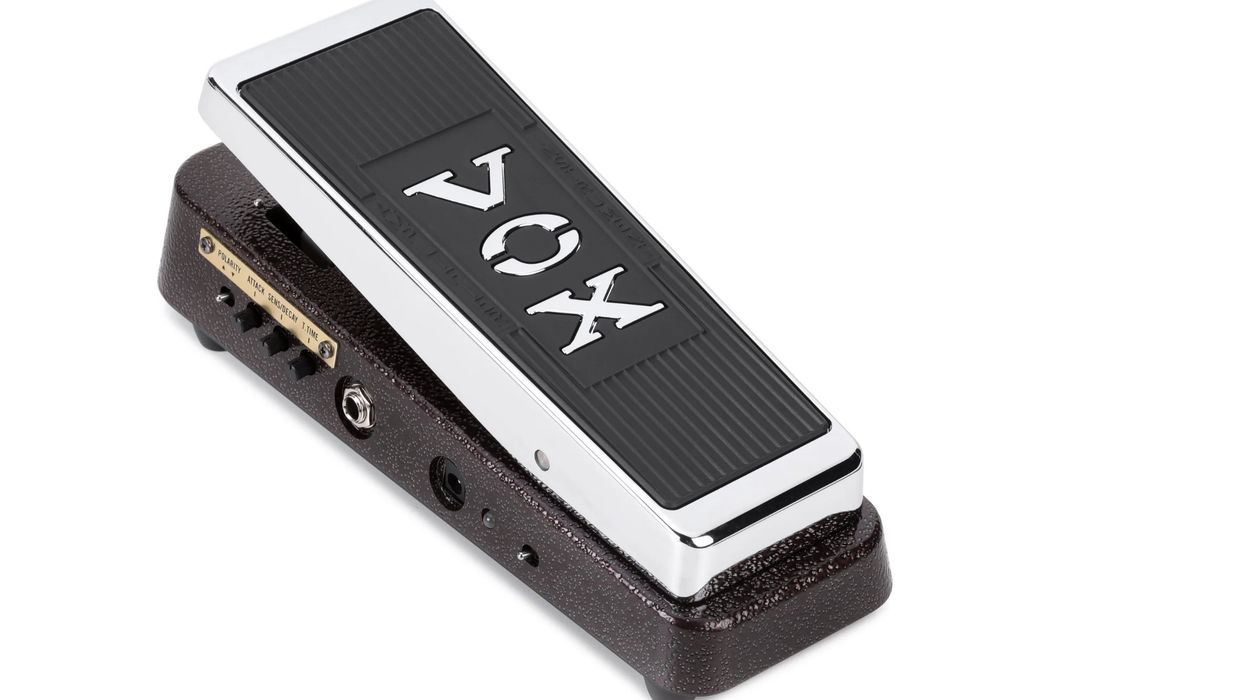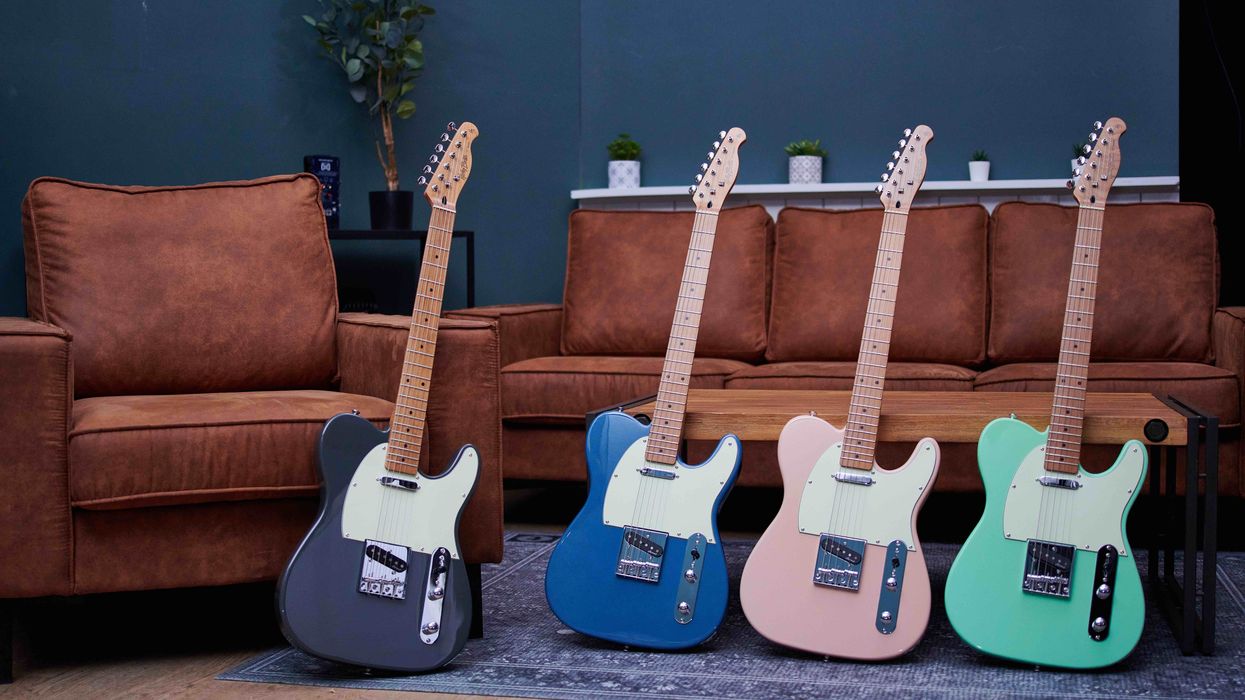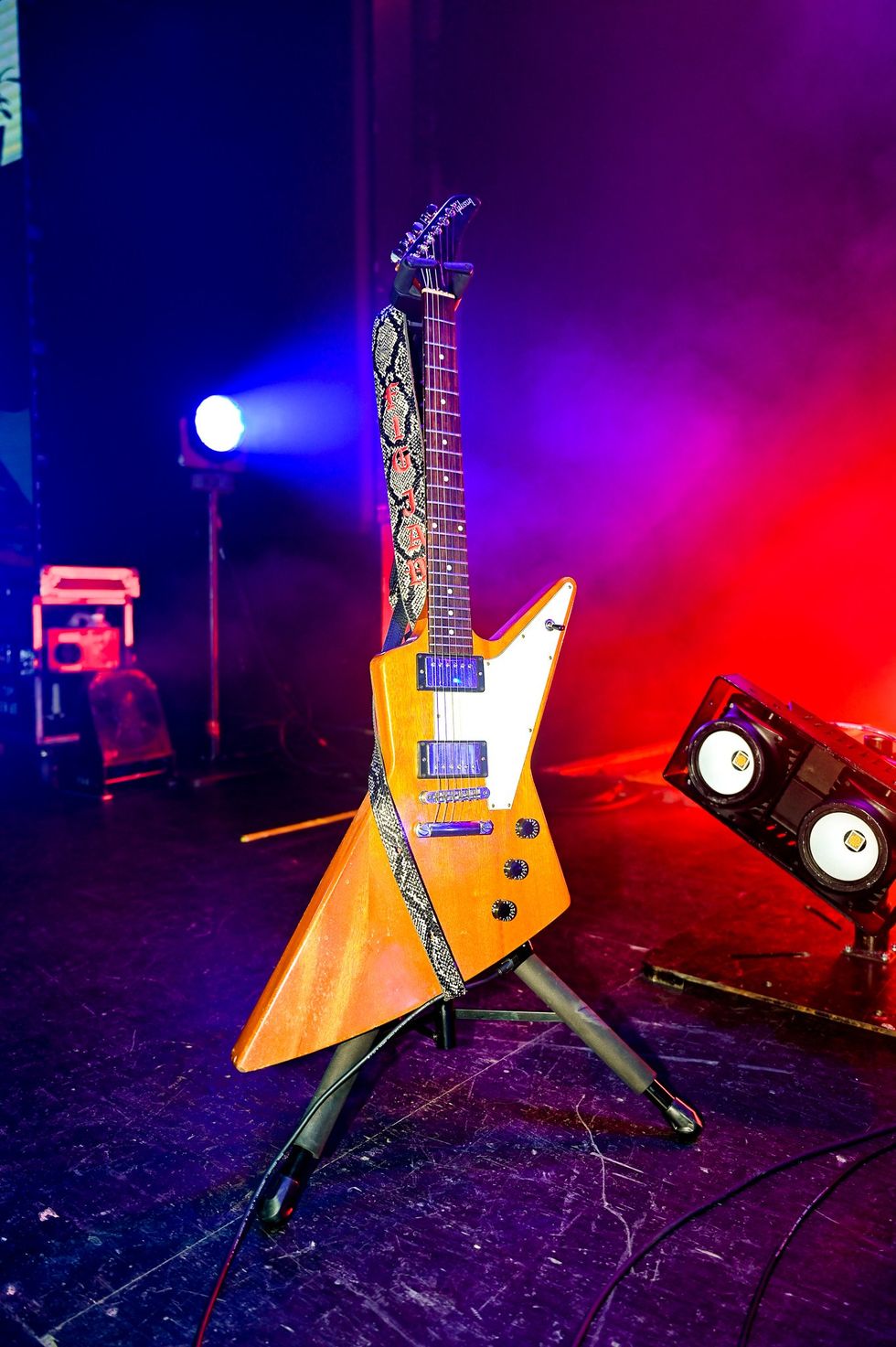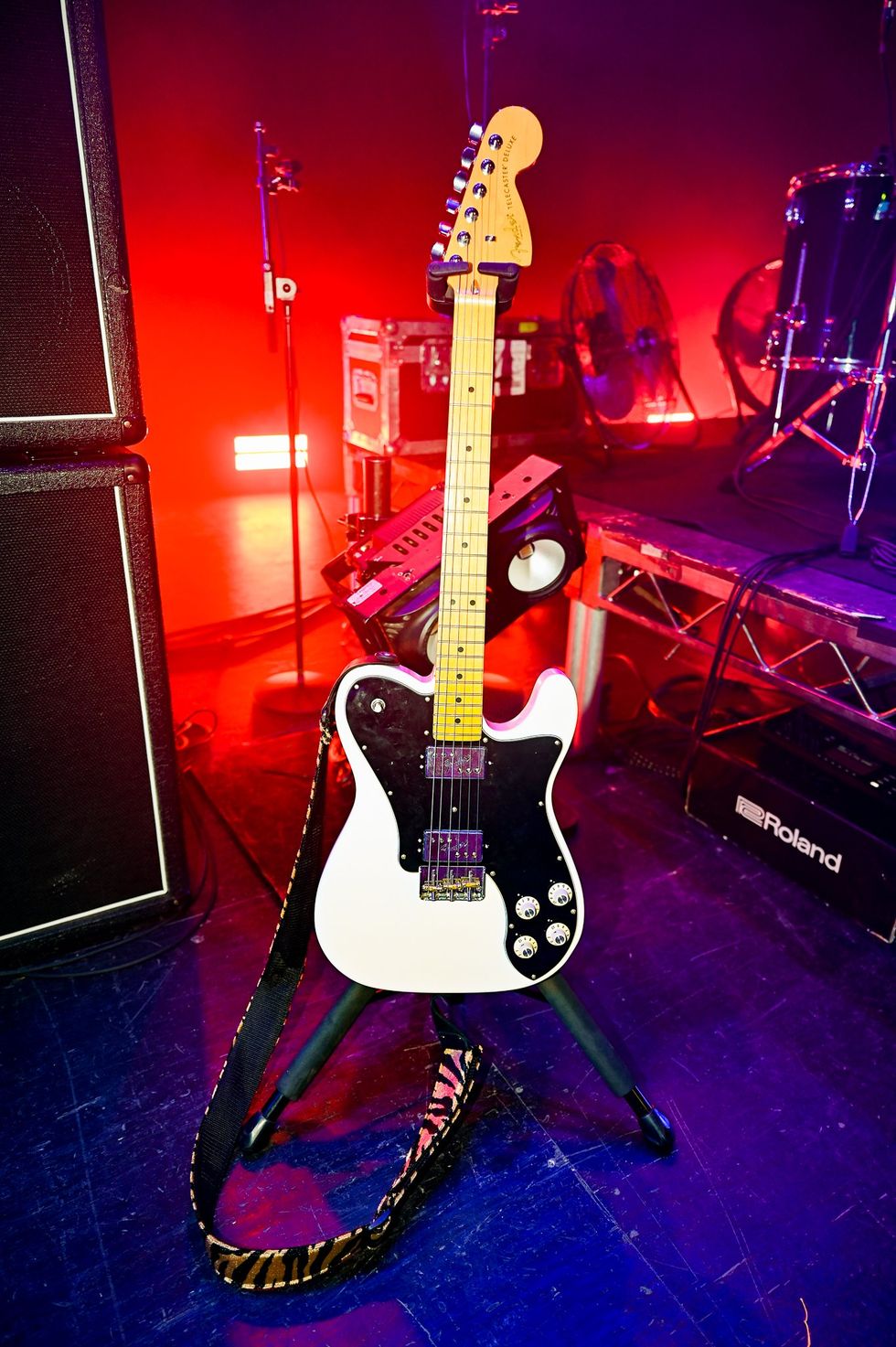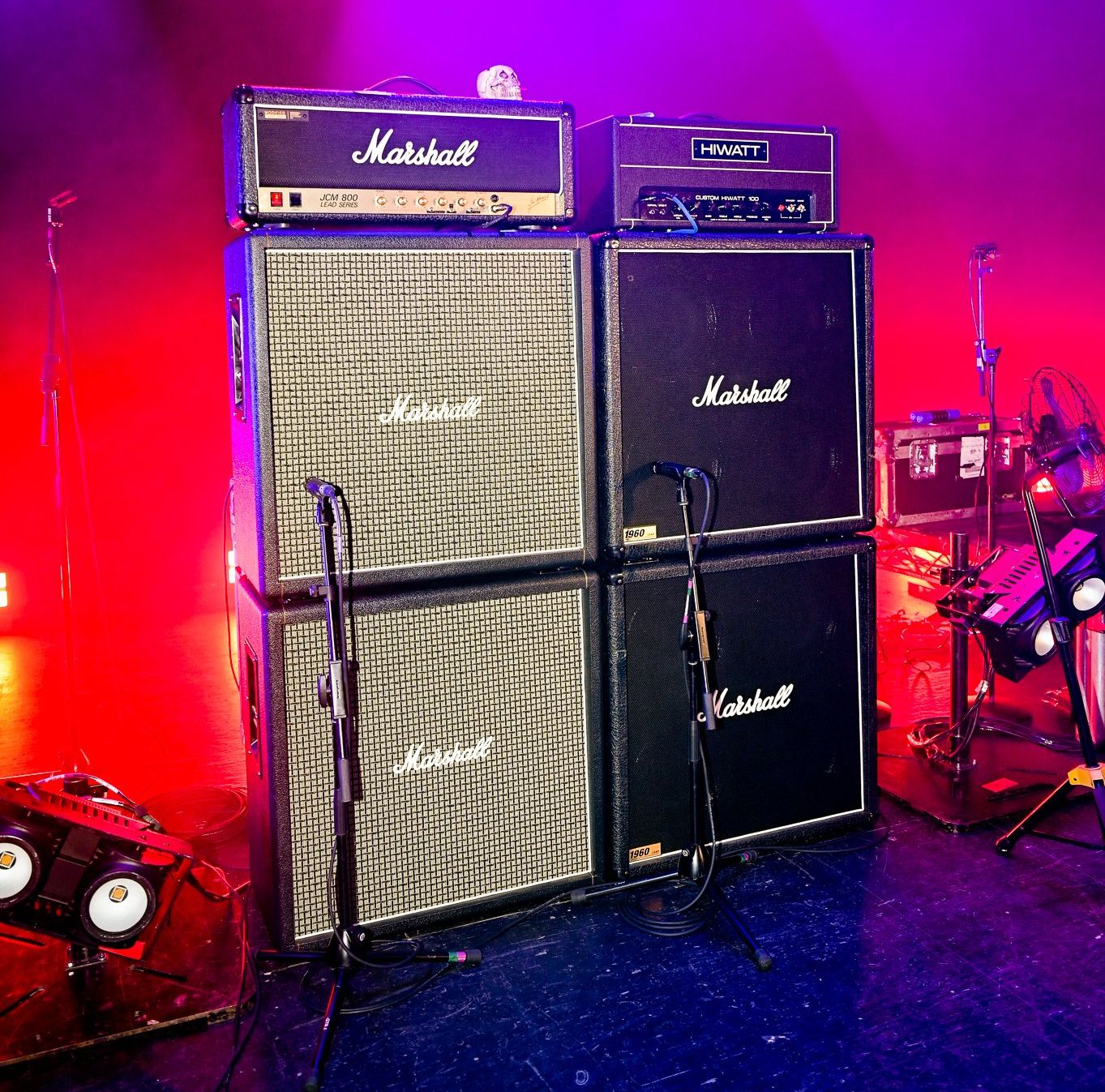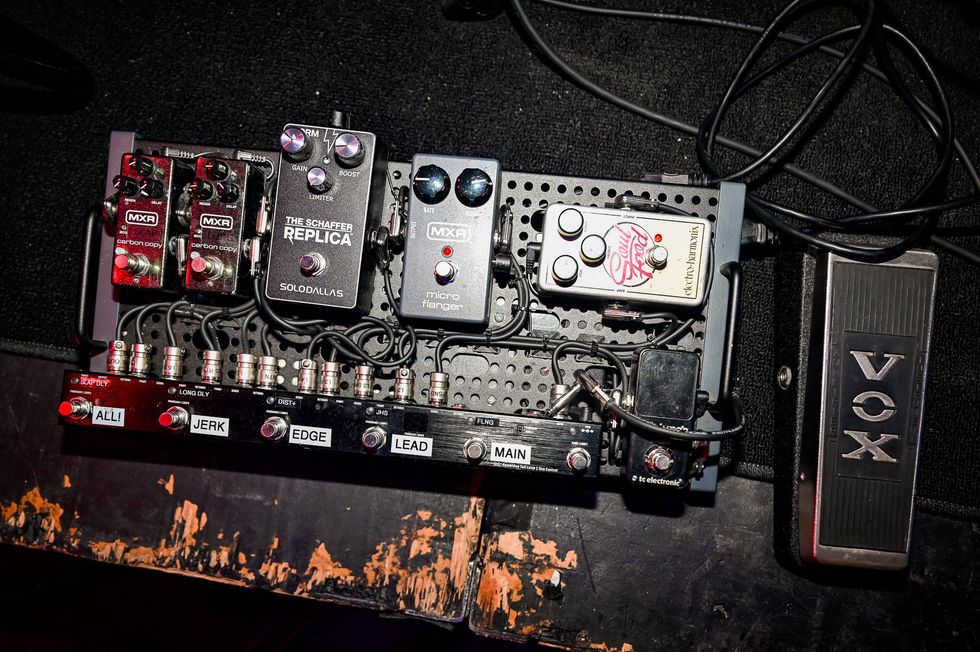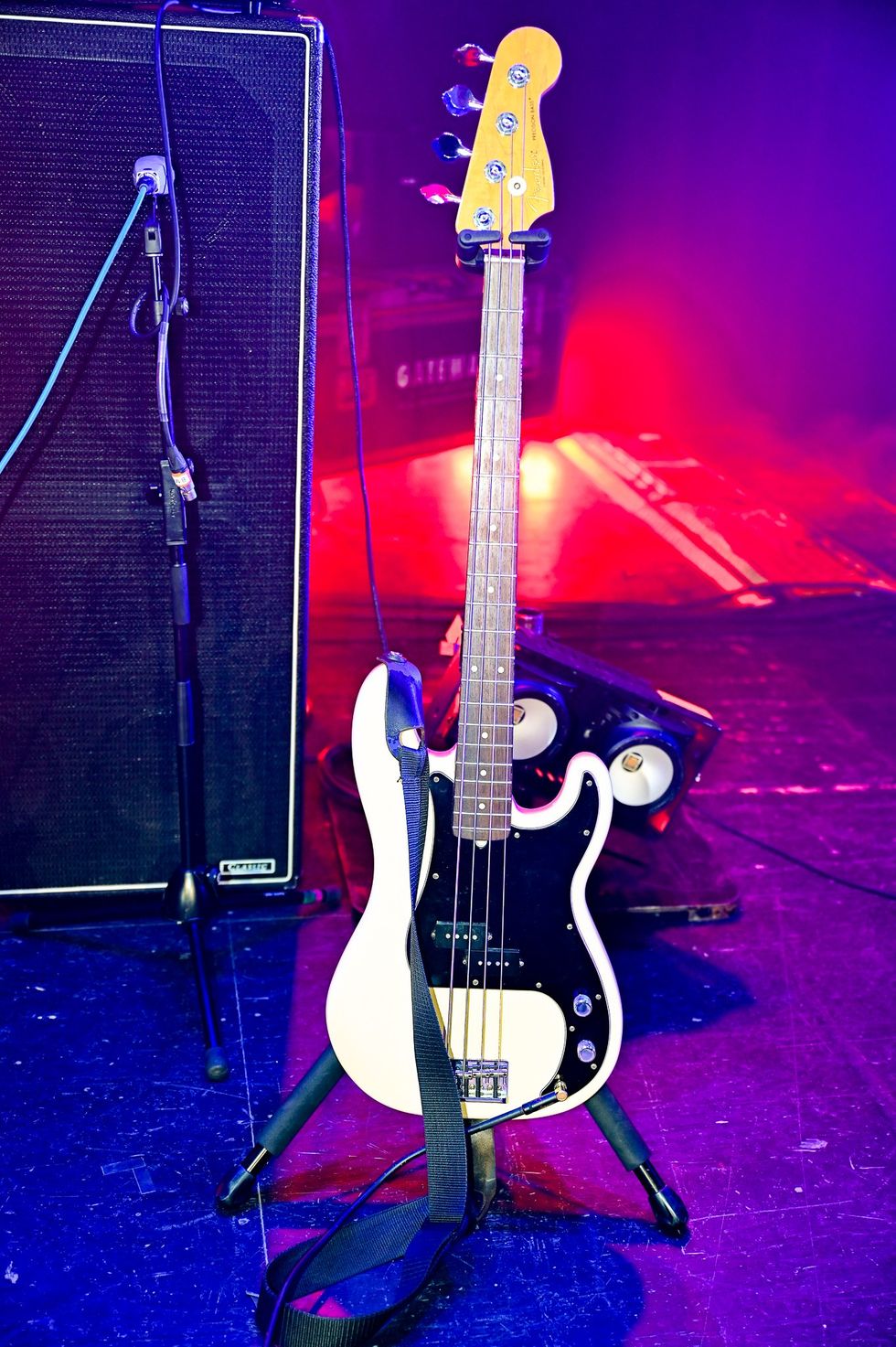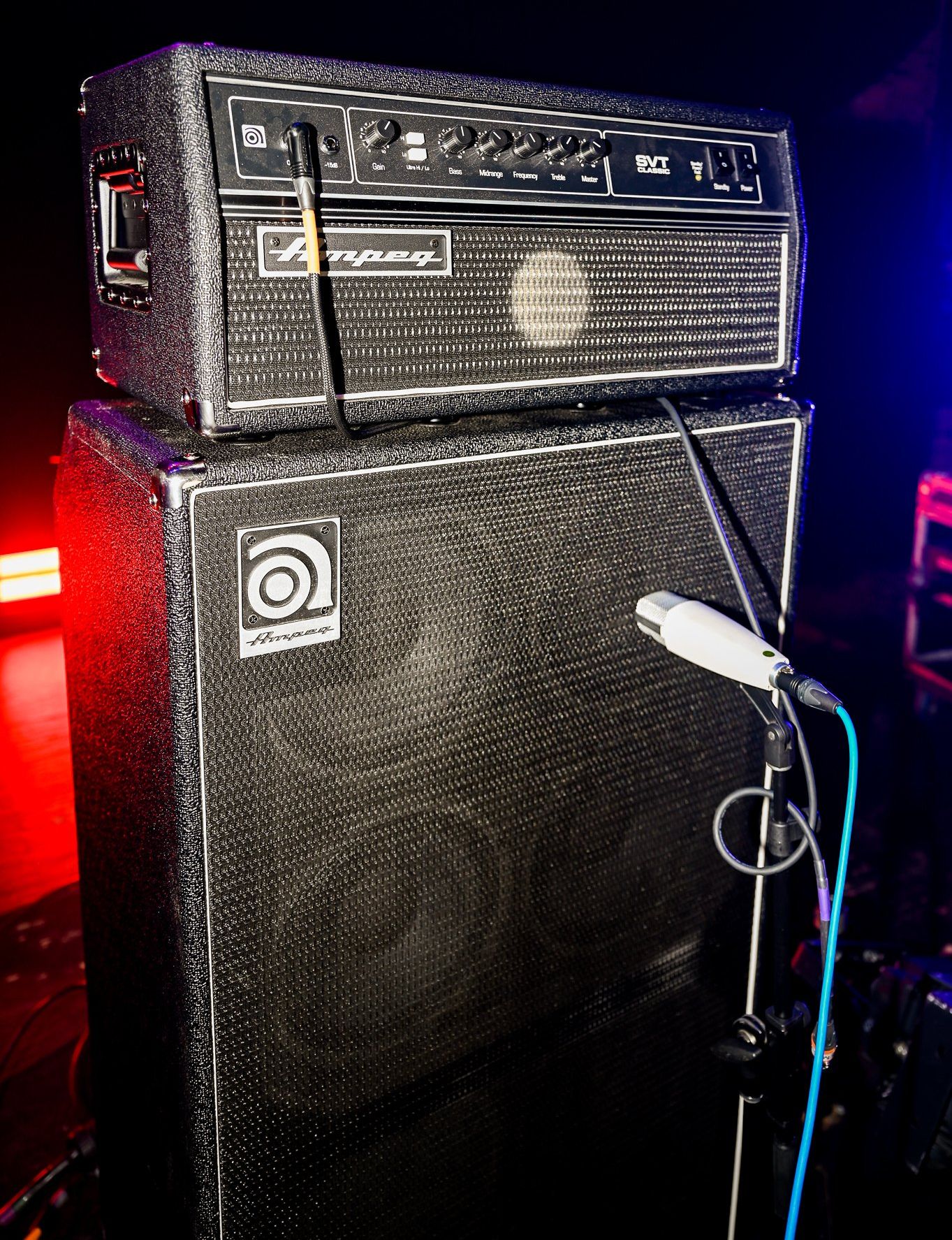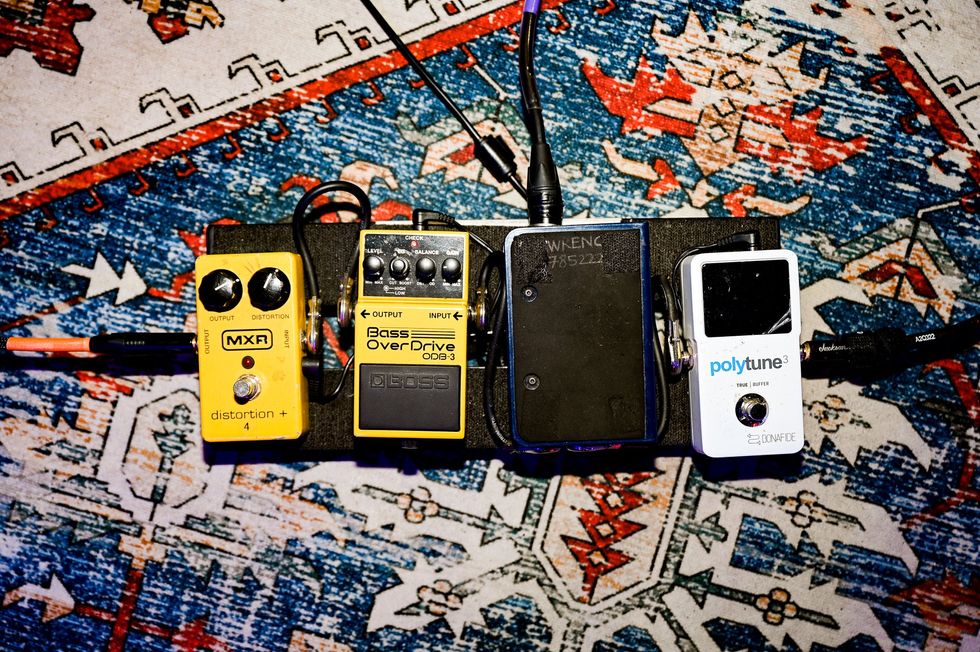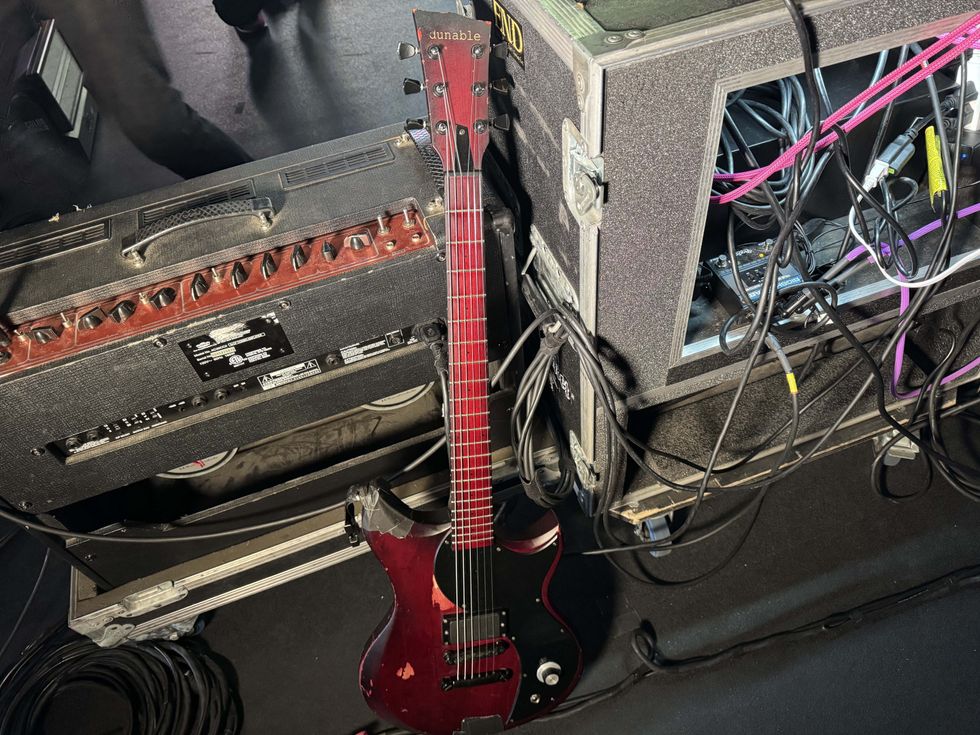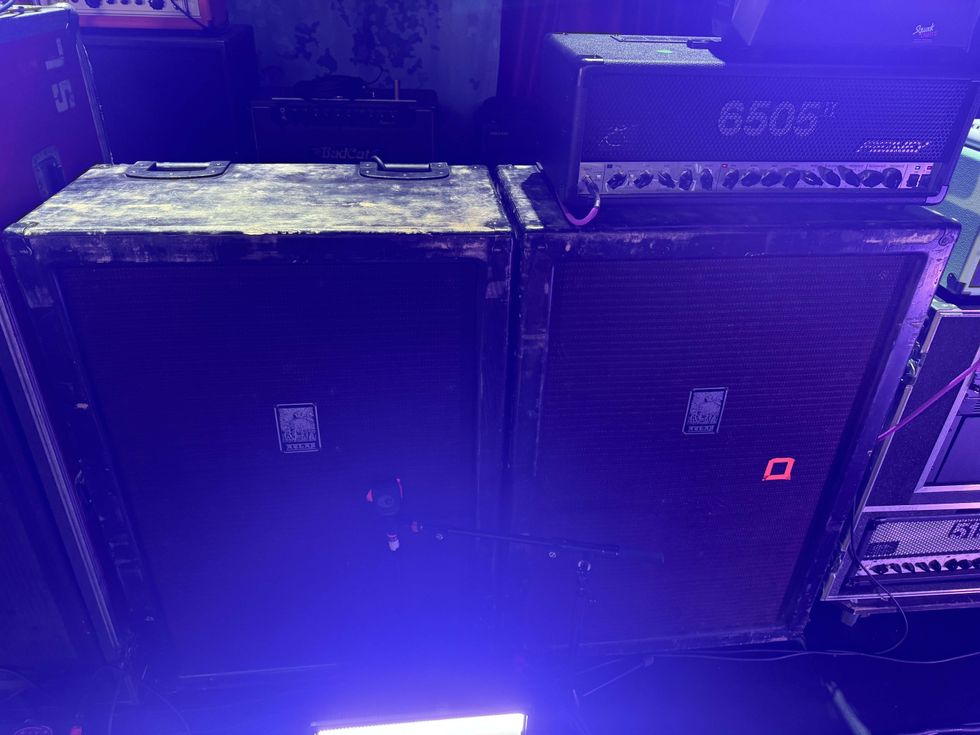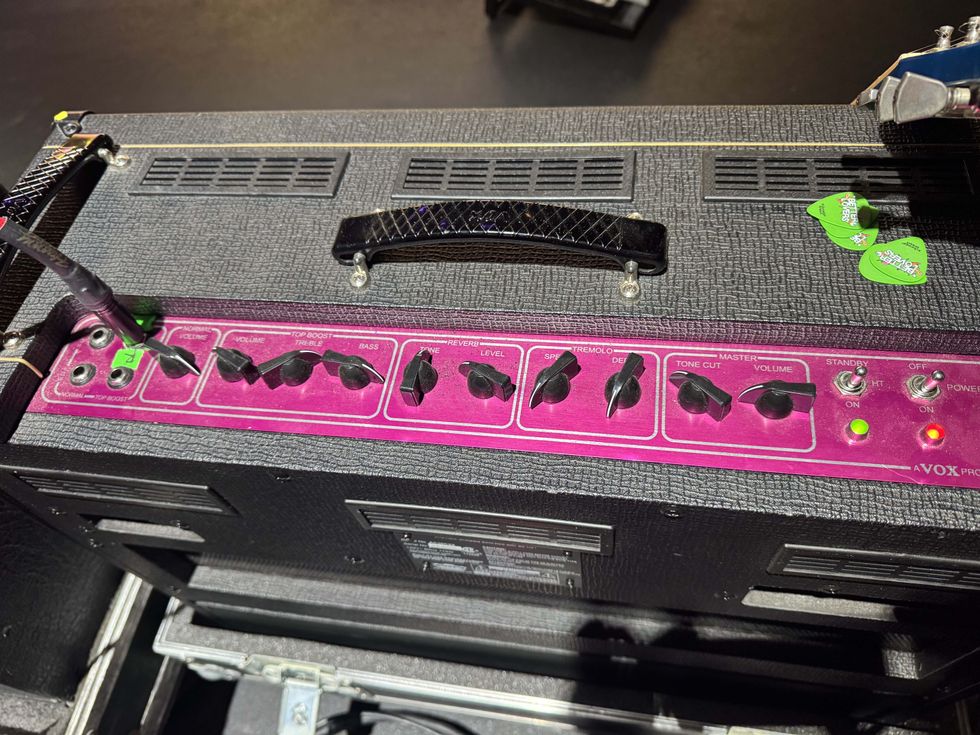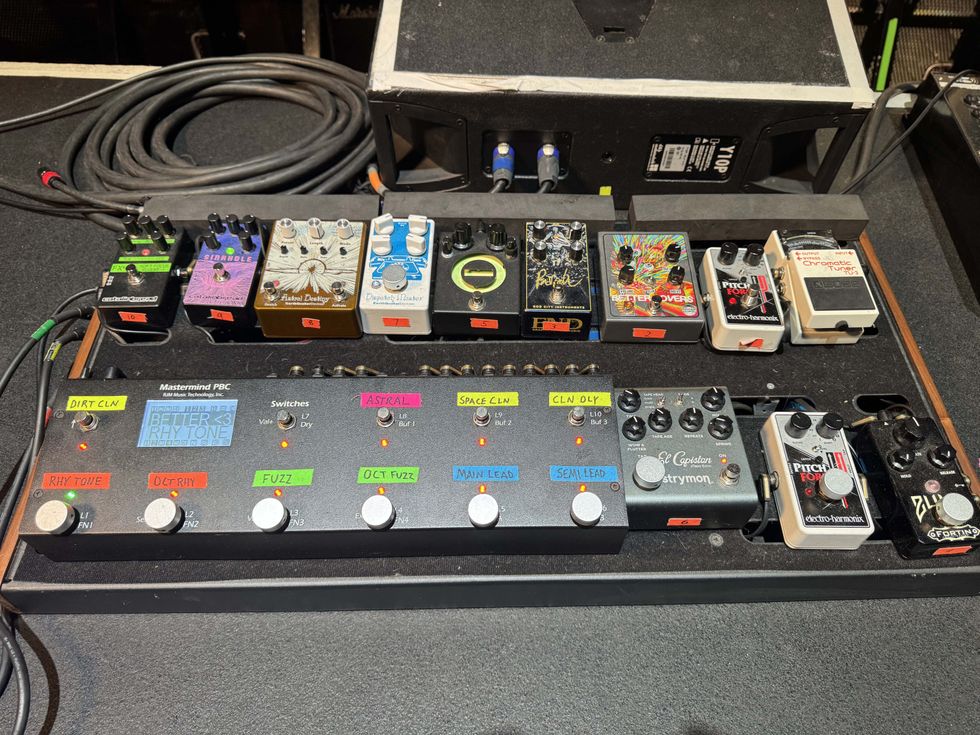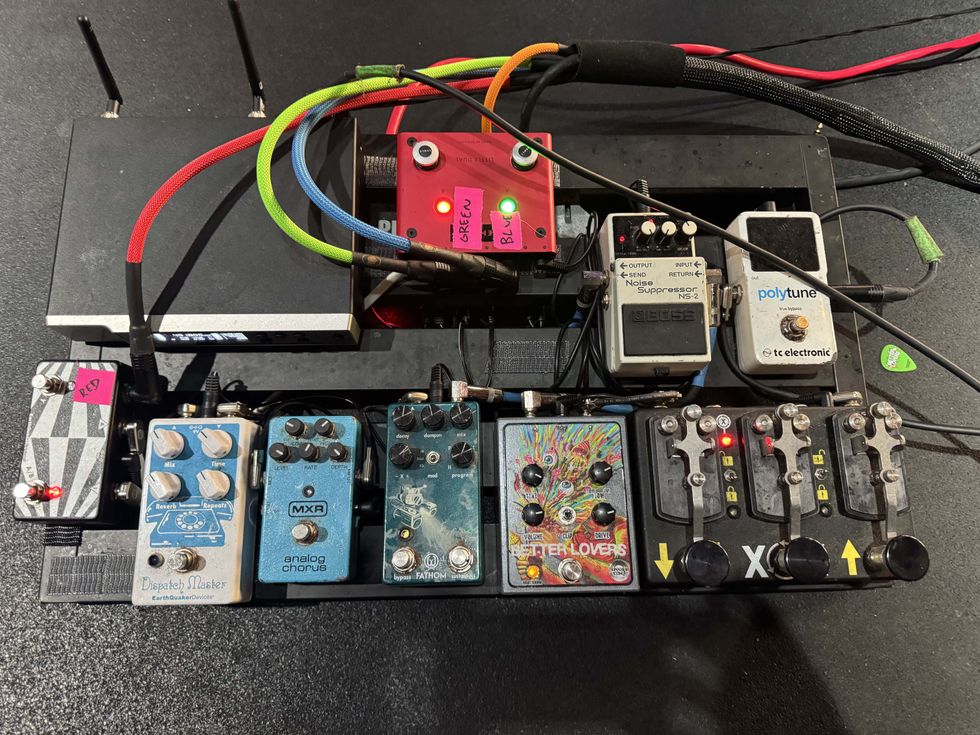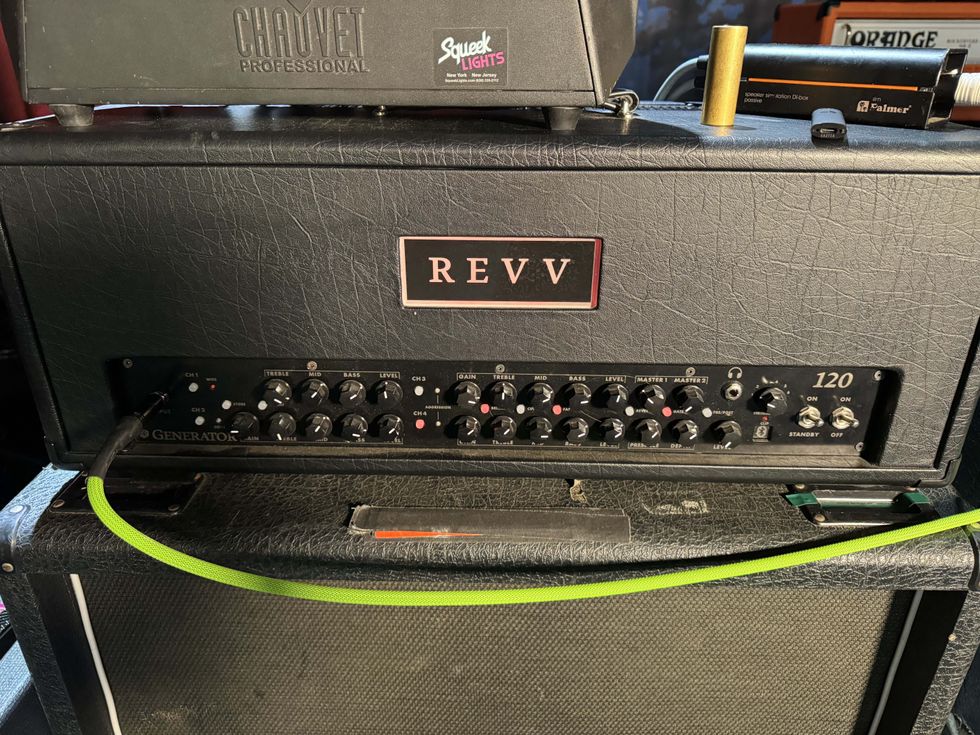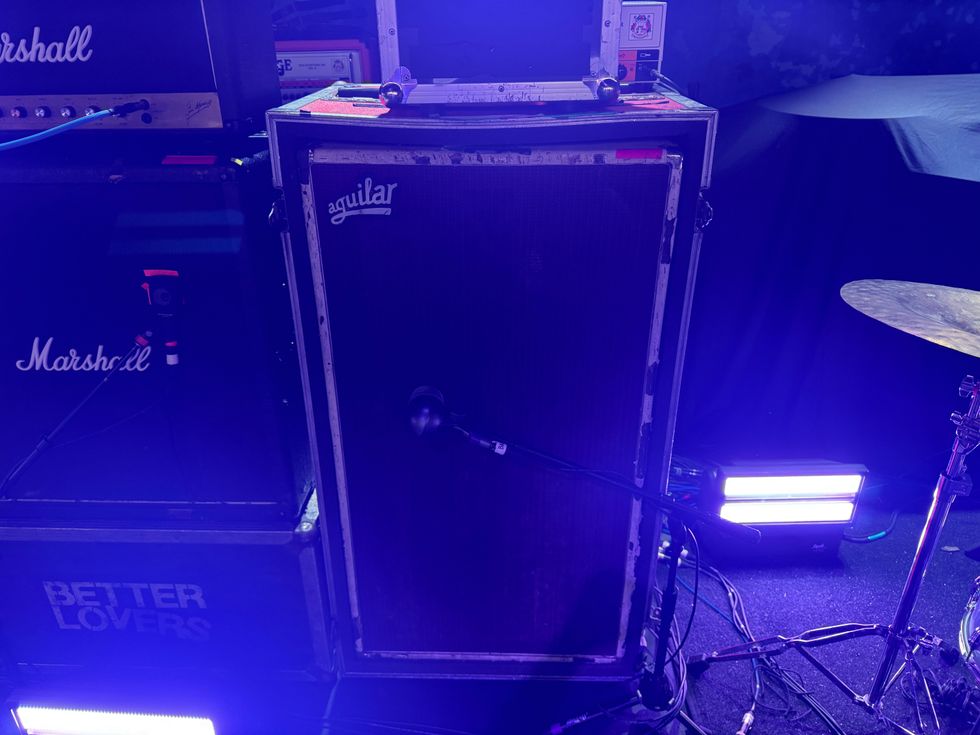Recorded direct into Focusrite Saffire 6 interface into MacBook Pro using GarageBand.
Clip 1: Both pickups engaged. Flat EQ.
Clip 2: Slap riff with neck pickup soloed. Slight bass and treble boost.
RatingsPros:A value-rich instrument for bassists of all sizes. Solid P-style tone, great playability, and awesome looks. Cons: Our test bass had fret issues. J-style pickup lacks characteristic bark. Street: $299 Ibanez SRMD200 Mezzo ibanez.com | Tones: Playability: Build/Design: Value: |
There’s a certain level of fearlessness to Ibanez’s designs. For decades, they’ve walked the line between function and form, developing basses aesthetically distinguished from the pack. Drawing the attention of NAMM’s low-end attendees this year, Ibanez’s showing ranged from the resurrection of the cult-classic AFR to a compact adaptation of the legendary Soundgear bass. The latter is called the Mezzo, and it’s a fun hybrid of SR models with a few unique additions.
Built for Speed and Comfort
Ibanez’s latest derives its name from the Italian word for “middle.” It’s an appropriate moniker, since its 32" scale seats itself between the conventional 34" of the standard Soundgear models and the small footprint of the Ibanez miKro bass at 28.6". This reduced scale provides significant advantages in both playability and comfort.
The Mezzo’s poplar body is offered in a spectrum of colors. We received what I think is one of the model’s most eye-catching combinations: seafoam pearl green paired with a pearloid pickguard. Matching the color on the headstock also enhances the look of this bass.
Despite the shorter scale and slightly smaller body, the Mezzo shares the same neck width, thickness, and radius as the standard Soundgear basses. Ibanez selected maple for both the neck and fretboard. Add 22 medium frets into the mix, and you have a neck ready for fast passages and comfy fretting hand activity.
Ibanez went with their proprietary electronics for this bass bambino, pairing their Dynamix P- and J-style pickups with a 9V preamp. The 2-band EQ offers boost and cut in the treble and bass, and there is no passive-mode option for the Mezzo.
Mezzo’s Forte
With its stunning sparkle finish and pearloid pickguard, I was really struck by the looks of the Mezzo, which has an unexpected vintage vibe even with its characteristically contemporary shape. When I first pulled the bass out of the box, I noticed that several fret ends were protruding from the fretboard. By no means was it a hazard to play, but it could be a bit of a nuisance with an occasional scratch against the fingers.
Despite this, the playability of the Mezzo was quite nice overall. I’m a fan of short-scale basses, and I enjoyed traversing the extreme portions of the fretboard with effortless motion. Interestingly, the Mezzo’s neck felt a bit more substantial in my hand compared to other members of its family, even though they share similar dimensions. It should also be mentioned that our test bass balanced wonderfully and held its position well while I was sitting or standing up.
I explored the Mezzo’s tonal palette in my home studio with a Bergantino B|Amp head and HD112 cab rig, through which the Dynamix pickups produced pleasing tones. The neck pickup was powerful and produced P-style sounds that oozed from the speaker. There was initially a bit of modern zing (courtesy of the 2-band preamp), but dialing down the treble gave the Mezzo a mellow, mid-friendly growl. The bridge pickup’s sound was a touch disappointing: It lacked the aggressive snarl that many bassists have come to associate with a J-style pickup in this position. I was, however, able to get closer to that authoritative tone at louder volumes and with a boost on the bass EQ. Balancing both pickups equally produced a tighter tone with a slight ding in the top end.
I also did some live experimentation in Nashville’s Broadway bars, where bands play four-hour shows with no breaks. I took the Mezzo out during a double shift, and I ended up playing it for nearly eight hours. GK rigs were provided at both venues, with very little EQ enhancement.
Whether a country ballad or pop favorite, the Mezzo had the right tone for the song. Soloing the neck pickup was my preferred setting for most of the duration, with just a slight boost in the treble for presence. I did occasionally employ the bridge pickup, which had just enough bark for disco-style numbers.
With any other bass, eight hours of playing could have been physically taxing. Thanks to the Mezzo’s balance and playability, I felt no fatigue in my shoulder, back, and hands. And it’s safe to say that musicians would rather invest in a reliable instrument than their chiropractor’s BMW.
The Verdict
In our quest for tone, it’s nice to play an instrument that’s, well, fun! The Mezzo’s comfortable design, cool looks, and practical tones could please just about any player. At $300, the price point also makes it a pretty guilt-free investment. Whether you’re looking for a portable workhorse or a cool beginner bass, saluta il Mezzo.


